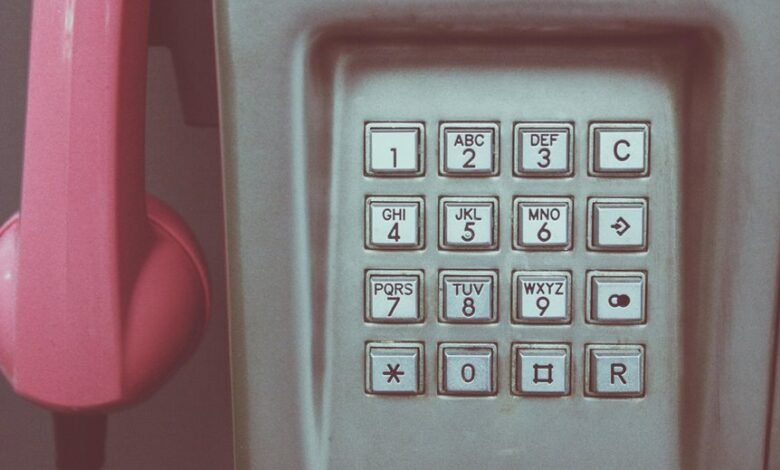Trace Suspicious Contact 3278922853, 3889905322, 3470254282, 3209591803, 3663049675, 3509254416

Tracing suspicious contacts such as 3278922853, 3889905322, and others is crucial in today’s digital age. These numbers may be linked to scams or unwanted solicitations. Utilizing reverse phone lookup services and online databases can reveal the identity and location of these callers. Identifying patterns in their behavior can be instrumental in assessing potential risks. Understanding the steps to trace these contacts may provide insights into safeguarding personal and organizational information. What strategies can effectively mitigate these risks?
Understanding the Risks of Suspicious Contacts
How can individuals and organizations effectively identify and mitigate the risks associated with suspicious contacts?
They must analyze patterns of suspicious behavior, focusing on irregular communication methods or unsolicited requests.
By establishing robust verification processes, they can discern potential scams.
Awareness and education about these risks empower individuals, enabling proactive measures to safeguard personal and organizational integrity against deceptive practices.
Tools and Resources for Tracing Unknown Numbers
Numerous tools and resources exist for tracing unknown numbers, each designed to enhance the identification process of potentially suspicious contacts.
Reverse phone lookup services utilize extensive online databases to provide information about callers. These platforms can reveal the owner’s name, location, and other pertinent details, empowering individuals to make informed decisions regarding their communications and ensuring their personal freedom from unwanted disturbances.
Steps to Identify and Report Harassing Calls
Identifying and reporting harassing calls involves a systematic approach to gather evidence and take appropriate action.
Individuals should document call details, utilize phone tracking applications, and familiarize themselves with harassment laws.
Reporting to authorities or telecommunications providers is crucial, ensuring compliance with legal standards.
This process empowers victims, enabling them to assert their rights and seek justice against persistent harassment.
Preventive Measures to Protect Your Privacy
Implementing robust privacy measures is essential for safeguarding personal information against unwanted contacts and potential harassment.
Individuals should regularly review and adjust privacy settings on digital platforms, ensuring minimal exposure to untrusted entities.
Practicing strong digital hygiene, such as using secure passwords and enabling two-factor authentication, further mitigates risks.
These proactive strategies empower users to maintain control over their personal data and enhance overall privacy security.
Conclusion
In an intriguing twist of fate, the seemingly random nature of suspicious contacts can often reveal a web of interconnected risks. By utilizing reverse phone lookup services and online databases, individuals not only uncover the identity behind these numbers but also unveil potential patterns indicative of scams. This analytical approach equips users with the knowledge to navigate unsolicited communications, ultimately transforming what initially appears as coincidence into a proactive strategy for safeguarding personal and organizational integrity.




